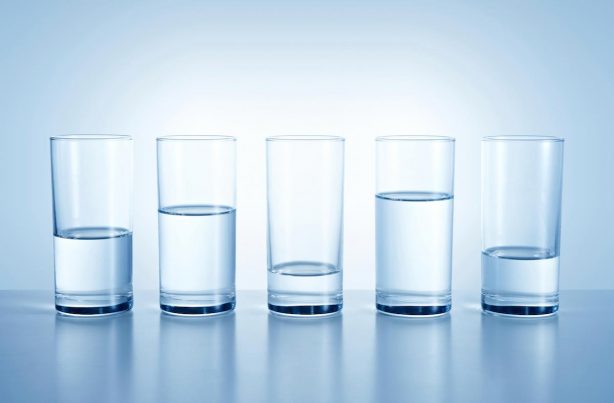
Old biological filters work better than new water treatments, according to Swedish study
Thursday, August 09, 2018 by Edsel Cook
http://www.realsciencenews.com/2018-08-09-old-biological-filters-work-better-than-new-water-treatments-according-to-swedish-study.html

An old water treatment technology called slow sand filters could be making a comeback – and the older filters would work better than both newer ones or modern filtration methods. According to Science Daily, a Swedish study suggests that the older the filter, the better it is for treating water.
Slow sand filters first appeared during the 19th century. They are sustainable and biological treatment systems that convert raw into potable water.
These filters are free from chemicals, do not produce waste, and need low amounts of power. While the way they filtered water was never fully understood, their effectiveness was undeniable.
Sand filters have two ways of cleaning water. The first is through mechanical filtration through grains of sand. The second involves much smaller microbes that live in the filter. (Related: Graphene-based water filter that produces potable water invented by scientists.)
Microbes in slow sand filters purify drinking water
While it was known that sand filters hosted microbes, the general belief was that they decreased the number of microorganisms in the water. Instead, the sand cultivated good bacteria, which helped take out any harmful substances in the water.
Older filters contain fully developed ecosystems of microorganisms, making them much more effective than new filters whose microbiota population may still be starting up.
“Sand filtration helps change the composition of the bacteria for the better. The bacteria deep in the sand filters can remove harmful bacteria, viruses, parasites and other unpleasant substances. For example, the old sand beds always filtered out unwanted E. coli bacteria, something which the new sand filters were not always able to do,” explains Catherine Paul, researcher at Lund University.
Furthermore, different species of bacteria would be found in different sand filters. The distribution depended on the type of sand that originally comprised the filter as well as the impurities in the water that they feed on during treatment.
The bacteria in the purified drinking water would be the same as the ones that live in the sand filter that cleaned it. Paul and her colleagues suggest that bacteria and sand from an established sand filter could be transferred to a new filter as a “starter.”
“Just as we increasingly talk about the importance of our intestinal flora for our well-being, we should also start talking about our ‘sand flora.’ The right flora keeps harmful substances out of our drinking water, so it is important to our health. It impacts the bacterial flora in our tap water, and so far we know very little about how that can affect us,” Paul remarks.
Flow cytometry can modernize slow sand filters as a sustainable water filtration option
Slow sand filters were displaced by newer filtering technologies that purified water at a faster rate and – more importantly – permitted greater levels of control and monitoring. But the older method could come back.
Flow cytometry technology can analyze the physical and chemical characteristics of particles in a fluid as they pass through lasers or barriers. It has been used to study microbial populations in aquatic environments.
This technology can monitor slow sand filters and their bacterial populations in unprecedented detail. Water treatment facility operators can therefore get a much better idea of the microbes present in the water and the sand.
Along with the ability to monitor the sand filter, flow cytometry enables the addition of control mechanisms found in other water treatment methods. These include alert systems and rapid response times for sudden developments.
This happy marriage of slow sand filters – with their population of cleaner microbes – and flow cytometry monitoring could provide a sustainable method for treating drinking water.
Read more articles about ways to ensure the cleanliness of drinking water at CleanWater.news.
Sources include:





